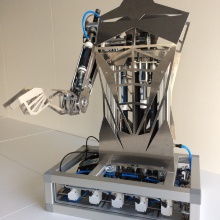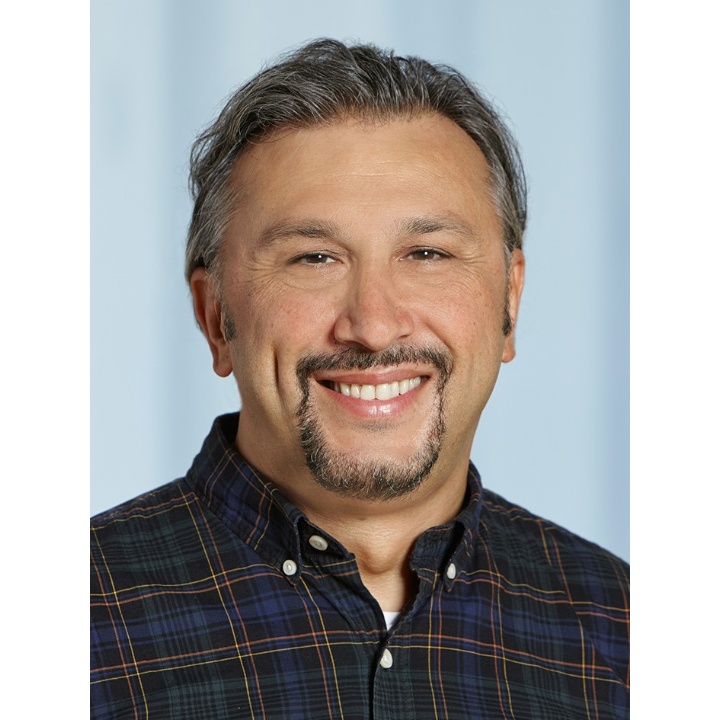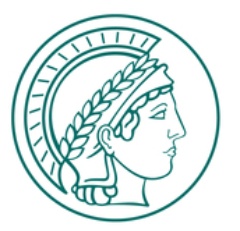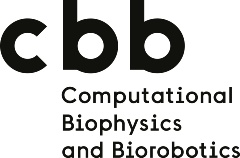Robot Bionic Intelligence – Colloquium
Date: Thursday, November 10, 2022
Time: 9.30 – 12.30 am
Location: Lecture Hall 2D5, Max Planck Institute, Heisenbergstr. 1, 70569 Stuttgart
No registration required, no entry fee
Contact: Syn Schmitt, Martin Giese
Programme
9:30 – 10:00 am Welcome and coffee
10:00 – 10:50 am Etienne Burdet, Human Robotics, Imperial College, London
Is it better to have three hands, or to work with a human partner?
10:50 – 11:40 am Auke Ijspeert, Biorobotics Laboratory, EPFL, Lausanne
Investigating animal locomotion using biorobots and neuro-
mechanical simulations
11:40 – 12:30 am Metin Sitti, Physical Intelligence Department, MPI-IS, Stuttgart
Physical Intelligence as a New Paradigm
12:30 – 1:00 pm Coffee and end
Abstract
This talk will present recent results from my group on sensorimotor augmentation and interaction in humans, and how they can help design robots to assist humans. Human movement augmentation with supernumerary robotic limbs (SRLs) could allow an individual to perform tasks that cannot be accomplished with just two arms. For example, a surgeon could operate independently of any assistant, using SRLs to adjust suction or light during a complex procedure. Therefore, we are developing interfaces and techniques to control SRLs and identify the capabilities of augmented human users. However, the usual manner to complete tasks requiring more than two hands is to collaborate. Collaboration across humans is essential in many tasks, e.g. for co-piloting, or to guide one's child in their first steps. To understand the mechanisms of physical interaction between humans, we have studied how the haptic information is used by connected individuals during a collaborative motor task. We have also developed a computational algorithm of this interaction, a robotic partner, which induces performance advantages similar to the interaction with a human partner.
Biography
Dr. Etienne Burdet is Chair of Human Robotics at the Imperial College of Science, Technology and Medicine in UK. He is also a visiting Professor at University College London. He holds an MSc in Mathematics (1990), an MSc in Physics (1991), and a PhD in Robotics (1996), all from ETH-Zurich. He was a postdoctoral fellow with TE Milner from McGill University, Canada, JE Colgate from Northwestern University, USA and Mitsuo Kawato of ATR in Japan. Professor Burdet's group uses an integrative approach of neuroscience and robotics to: i) investigate human sensorimotor control, and ii) design efficient interfaces for daily living technology and neurorehabilitation, which are tested in human experiments and commercialised.
Abstract
The ability to efficiently move in complex environments is a fundamental property both for animals and for robots, and the problem of locomotion and movement control is an area in which neuroscience, biomechanics, and robotics can fruitfully interact. In this talk, I will present how biorobots and numerical models can be used to explore the interplay of the four main components underlying animal locomotion, namely central pattern generators (CPGs), reflexes, descending modulation, and the musculoskeletal system. Going from lamprey to human locomotion, I will present a series of models that tend to show that the respective roles of these components have changed during evolution with a dominant role of CPGs in lamprey and salamander locomotion, and a more important role for sensory feedback and descending modulation in human locomotion. I will also present a recent project showing how robotics can provide scientific tools for paleontology. Interesting properties for robot and lower-limb exoskeleton locomotion control will finally be discussed.
Biography
Auke Ijspeert is a professor at EPFL (the Swiss Federal Institute of Technology in Lausanne, Switzerland), IEEE Fellow, and head of the Biorobotics Laboratory (https://www.epfl.ch/labs/biorob). He has a B.Sc./M.Sc. in physics from the EPFL (1995), and a PhD in artificial intelligence from the University of Edinburgh (1999). His research interests are at the intersection between robotics and computational neuroscience. He is interested in using numerical simulations and robots to gain a better understanding of animal locomotion and movement control, and in using inspiration from biology to design novel types of robots and locomotion controllers (see for instance Ijspeert et al, Science, Vol. 315, 2007 and Ijspeert, Science Vol. 346, 2014). He is also interested in assisting persons with limited mobility using exoskeletons and assistive furniture. With his colleagues, he has received paper awards at ICRA2002, CLAWAR2005, IEEE Humanoids 2007, IEEE ROMAN 2014, CLAWAR 2015, and CLAWAR 2019. He is associate editor for the International Journal of Humanoid Robotics and the IEEE Transactions on Medical Robotics and Bionics. He is also a member of the Board of Reviewing Editors of Science magazine.
Abstract
Intelligence of physical agents, such as human-made (e.g., robots, autonomous cars) and biological (e.g., animals, plants) ones, is not only enabled by their computational intelligence (CI) in their brain, but also by their physical intelligence (PI) encoded in their body. Therefore, it is essential to advance the PI of human-made agents as much as possible, in addition to their CI, to operate them in unstructured and complex real-world environments like the biological agents. This presentation gives a perspective on what PI paradigm is, when PI can be more significant and dominant in physical and biological agents at different length scales and how bioinspired and abstract PI methods can be created in agent bodies. PI paradigm aims to synergize and merge many research fields, such as mechanics, materials science, robotics, mechanical design, micro/nanotechnology, fluidics, optics, active matter, biology, self-assembly and collective systems, to enable advanced PI capabilities in human-made agent bodies, comparable to the ones observed in biological organisms. I will give many examples of PI from our current research activities on small-scale and soft robotics with applications towards wireless medical miniature robots to operate inside the human body. Such PI capabilities would progress the future robots and other machines especially at the small length scales beyond what can be realized using the current frameworks.
Biography
Metin Sitti is the director of Physical Intelligence Department at Max Planck Institute for Intelligent Systems in Stuttgart, Germany. As side academic appointments, he is also an honorary professor at University of Stuttgart and a professor at ETH Zurich and Koç University. He was a professor at Carnegie Mellon University (2002-2014) and a research scientist at UC Berkeley (1999-2002) in USA. He received BSc (1992) and MSc (1994) degrees from Boğaziçi University, Turkey, and PhD degree from University of Tokyo, Japan (1999). His research interests include small-scale mobile robotics, bio-inspiration, wireless medical devices, and physical intelligence. He is an IEEE Fellow. As selected awards, he received the Highly Cited Researcher recognition (2021, 2022), Breakthrough of the Year Award in the Falling Walls World Science Summit (2020), ERC Advanced Grant (2019), Rahmi Koç Science Medal (2018), SPIE Nanoengineering Pioneer Award (2011), and NSF CAREER Award (2005). He received over 15 best paper and video awards in major conferences, e.g., Best Paper Award in RSS 2019. He has supervised and mentored over 67 (25 current) PhD students and 70 (16 current) postdocs, where over 45 of his group alumni are professors in around the world. He has published 2 books and over 480 peer-reviewed papers, over 340 of which have appeared in journals. He has given over 230 invited talks, and has over 12 issued and 16 pending patents. He founded Setex Technologies Inc. to commercialize his lab’s gecko-inspired microfiber adhesive technology. He is the editor-in-chief of Progress in Biomedical Engineering and Journal of Micro-Bio Robotics and associate editor in Science Advances and Extreme Mechanics Letters journals





